Bisheng Li
UNREAL:Unlabeled Nodes Retrieval and Labeling for Heavily-imbalanced Node Classification
Mar 18, 2023Abstract:Extremely skewed label distributions are common in real-world node classification tasks. If not dealt with appropriately, it significantly hurts the performance of GNNs in minority classes. Due to its practical importance, there have been a series of recent research devoted to this challenge. Existing over-sampling techniques smooth the label distribution by generating ``fake'' minority nodes and synthesizing their features and local topology, which largely ignore the rich information of unlabeled nodes on graphs. In this paper, we propose UNREAL, an iterative over-sampling method. The first key difference is that we only add unlabeled nodes instead of synthetic nodes, which eliminates the challenge of feature and neighborhood generation. To select which unlabeled nodes to add, we propose geometric ranking to rank unlabeled nodes. Geometric ranking exploits unsupervised learning in the node embedding space to effectively calibrates pseudo-label assignment. Finally, we identify the issue of geometric imbalance in the embedding space and provide a simple metric to filter out geometrically imbalanced nodes. Extensive experiments on real-world benchmark datasets are conducted, and the empirical results show that our method significantly outperforms current state-of-the-art methods consistent on different datasets with different imbalance ratios.
BSAL: A Framework of Bi-component Structure and Attribute Learning for Link Prediction
Apr 18, 2022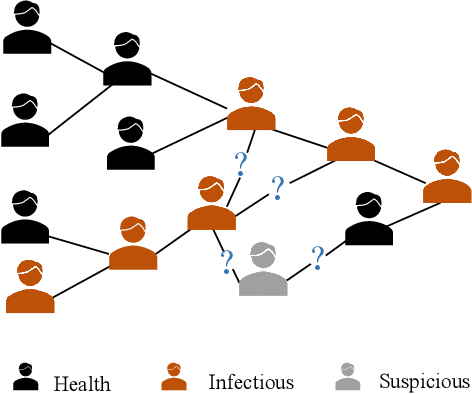



Abstract:Given the ubiquitous existence of graph-structured data, learning the representations of nodes for the downstream tasks ranging from node classification, link prediction to graph classification is of crucial importance. Regarding missing link inference of diverse networks, we revisit the link prediction techniques and identify the importance of both the structural and attribute information. However, the available techniques either heavily count on the network topology which is spurious in practice or cannot integrate graph topology and features properly. To bridge the gap, we propose a bicomponent structural and attribute learning framework (BSAL) that is designed to adaptively leverage information from topology and feature spaces. Specifically, BSAL constructs a semantic topology via the node attributes and then gets the embeddings regarding the semantic view, which provides a flexible and easy-to-implement solution to adaptively incorporate the information carried by the node attributes. Then the semantic embedding together with topology embedding is fused together using an attention mechanism for the final prediction. Extensive experiments show the superior performance of our proposal and it significantly outperforms baselines on diverse research benchmarks.
TeleGraph: A Benchmark Dataset for Hierarchical Link Prediction
Apr 16, 2022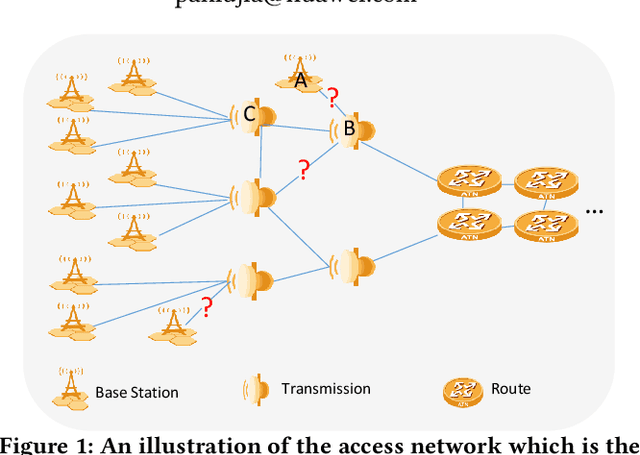
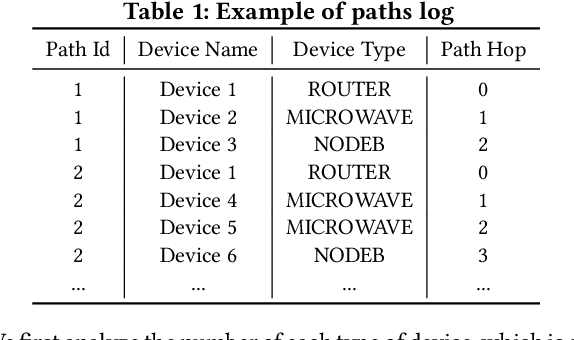
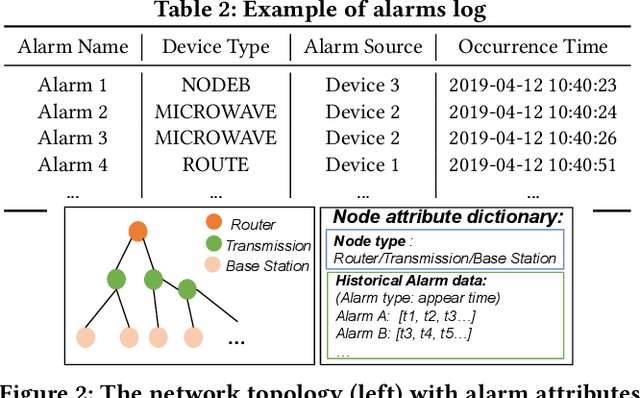
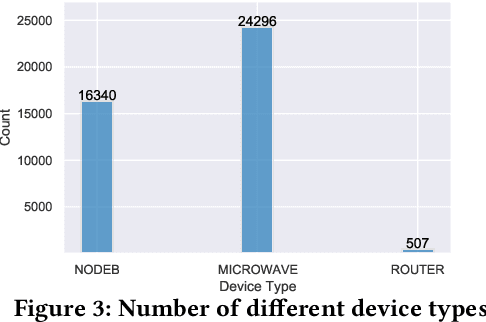
Abstract:Link prediction is a key problem for network-structured data, attracting considerable research efforts owing to its diverse applications. The current link prediction methods focus on general networks and are overly dependent on either the closed triangular structure of networks or node attributes. Their performance on sparse or highly hierarchical networks has not been well studied. On the other hand, the available tree-like benchmark datasets are either simulated, with limited node information, or small in scale. To bridge this gap, we present a new benchmark dataset TeleGraph, a highly sparse and hierarchical telecommunication network associated with rich node attributes, for assessing and fostering the link inference techniques. Our empirical results suggest that most of the algorithms fail to produce a satisfactory performance on a nearly tree-like dataset, which calls for special attention when designing or deploying the link prediction algorithm in practice.
 Add to Chrome
Add to Chrome Add to Firefox
Add to Firefox Add to Edge
Add to Edge